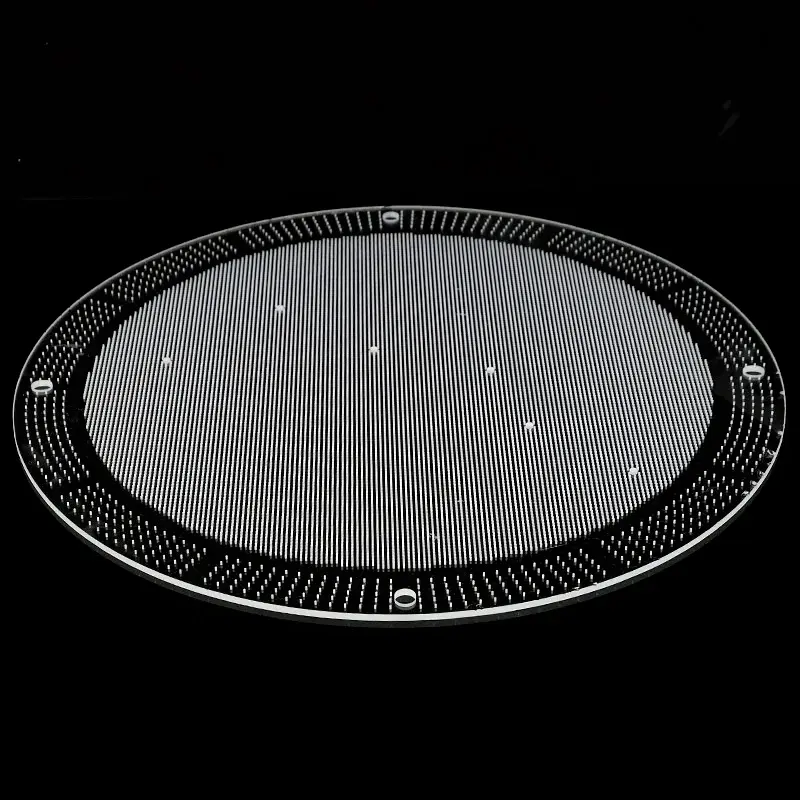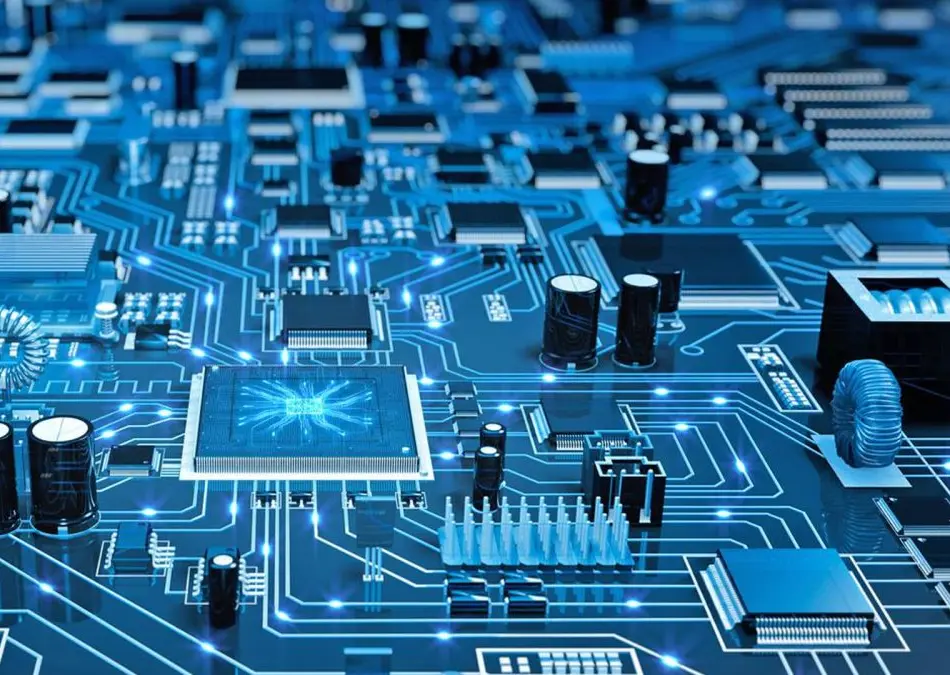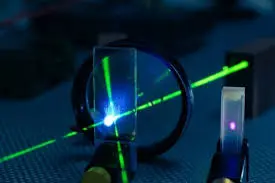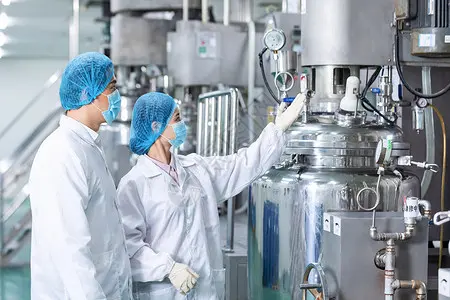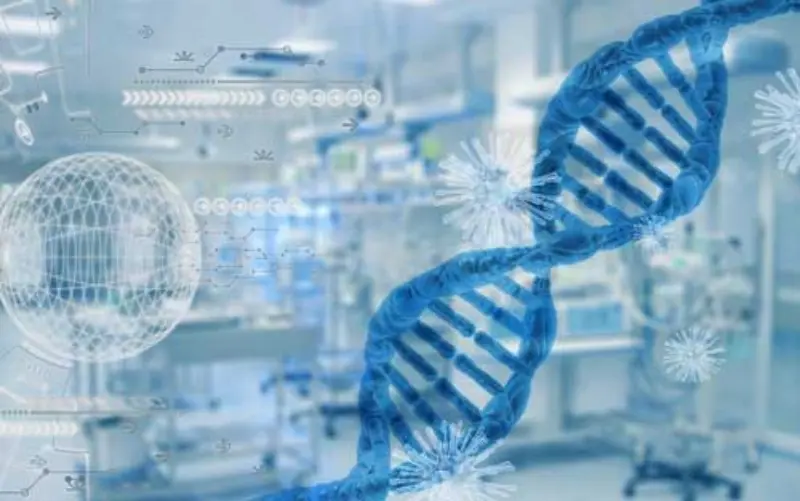Quartz flow distribution plates are a widely used component in a variety of fields, playing a particularly significant role in the semiconductor, optoelectronic, chemical, and life science industries.

The structure and design of quartz flow distribution plates can be customized to meet specific application requirements. Some advanced quartz flow distribution plate designs utilize multi-layer structures or special flow channel layouts to achieve more efficient fluid distribution and more stable process conditions. Furthermore, with continuous technological advancements, the manufacturing technology and performance of quartz flow distribution plates are constantly improving.
| Property Content | Property Values |
|---|---|
| SiO2 | 99.99% |
| Density | 2.2×10³ kg/cm³ |
| Hardness | 5.5 - 6.5 Mohs' Scale 570 KHN 100 |
| Tensile Strength | 4.8×10⁷ Pa (N/mm2) (7000 psi) |
| Compression Strength | >1.1×10⁹ Pa (160,000 psi) |
| Coefficient of Thermal Expansion | 5.5×10⁻⁷ cm/cm·°C (20°C-320°C) |
| Thermal Conductivity | 1.4 W/m·°C |
| Specific Heat | 670 J/kg·°C |
| Softening Point | 1730°C (3146°F) |
| Annealing Point | 1210°C (2210°F) |
| Strain Point | 1120°C (2048°F) |
| Work Temperature | 1200°C (2192°F) |
| Electrical Resistivity | 7×10⁷ ohm cm (350°C) |
| Size | Customized |
| Logo | Customized Logo Accept |
High Purity
Quartz flow distribution plates are made from high-purity quartz glass, ensuring excellent chemical stability and purity, which minimizes the impact of impurities on process performance.
Excellent Physical Properties
Quartz materials have high hardness, high light transmittance, resistance to high temperatures, and acid/alkali resistance, enabling quartz flow distribution plates to maintain stable performance in harsh working environments.
Uniform Fluid Distribution
Through specialized design and structure, quartz flow distribution plates enable the uniform distribution of gases or liquids, improving the stability and consistency of processes.
Easy Cleaning and Maintenance
The chemical stability of quartz materials makes quartz flow distribution plates easier to clean and maintain, with reduced susceptibility to chemical corrosion or damage.
Application Scenario
Frequently asked questions
Quartz glass is a hard and brittle material with excellent physical and chemical properties, extremely high mechanical hardness, good electrical insulation, high temperature and corrosion resistance, low and stable delay performance, good light transmittance, etc. It is widely used in semiconductors, optics, electricity, chemistry, aerospace, automobiles and other fields. Hard and brittle materials are difficult to process, and many fields urgently need cutting processes with small edge collapse, less material loss, low cross-section roughness, and a wide cutting thickness range. The traditional cutting method of quartz glass is mechanical cutting, that is, wheel cutting. Non-traditional cutting methods include water jet cutting, electrochemical discharge wire cutting, continuous laser cutting, etc. Mechanical cutting has low cost, but the contact between the wheel and the material causes large tool wear, and the material is easily contaminated by the tool. Quartz glass is prone to edge collapse, microcracks, and residual stress, which affects the strength and performance of the material! It is difficult to achieve curve cutting and requires post-processing, such as grinding and polishing. Laser cutting does not directly contact the material, has no contact stress, and can perform complex curve cutting. Picosecond laser has the advantages of small spot diameter, high precision, short action time with the material, and small action area, and is suitable for the processing of hard and brittle materials.
。

